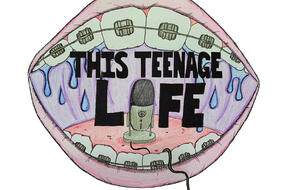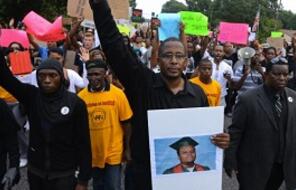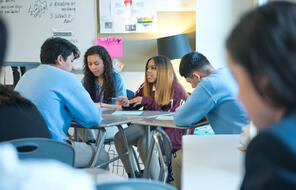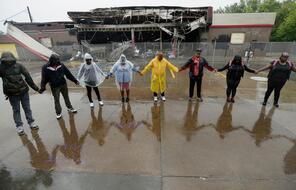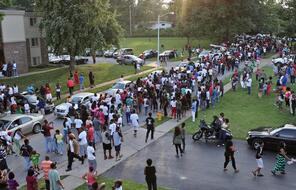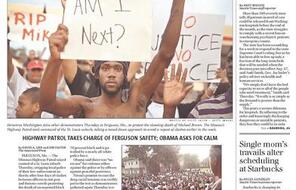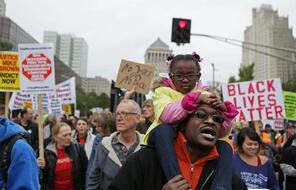
Responding to the Insurrection at the US Capitol
Subject
- Civics & Citizenship
- History
- Social Studies
Grade
6–12Language
English — USPublished
Updated
Overview
About This Mini-Lesson
In his 1963 essay “A Talk to Teachers,” James Baldwin wrote: “American history is longer, larger, more various, more beautiful, and more terrible than anything anyone has ever said about it.” In the events surrounding the recent presidential election in the United States, the essential truth of Baldwin’s statement resonates anew. 1
This week’s news alone, including the historic results of the Georgia senatorial runoff election and the attack on Congress, is provoking a whirlwind of conflicting emotions among Americans, as many are simultaneously buoyed by the expanding representation in our government and disturbed, angered, and frightened by the attack on the halls of Congress and our democratic system of government. In the days following these events, students will need opportunities to feel and express their emotions as well as support in separating facts from misinformation and sharing the news responsibly.
This mini-lesson is designed to help guide an initial classroom reflection on the insurrection at the US Capitol that occurred on January 6, 2021.
- 1James Baldwin, “A Talk to Teachers” (October 16, 1963), in The Price of the Ticket: Collected Nonfiction, 1948-1985 (Macmillan, 1985), 325.
Preparing to Teach
A Note To Teachers
Before teaching this mini-lesson, please review the following information to help guide your preparation process.
Activities
Activities
Materials and Downloads
Resources from Other Organizations
Unlimited Access to Learning. More Added Every Month.
Facing History & Ourselves is designed for educators who want to help students explore identity, think critically, grow emotionally, act ethically, and participate in civic life. It’s hard work, so we’ve developed some go-to professional learning opportunities to help you along the way.
Exploring ELA Text Selection with Julia Torres
On-Demand
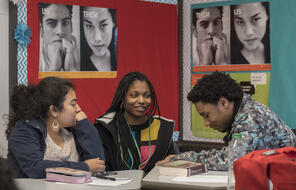
Working for Justice, Equity and Civic Agency in Our Schools: A Conversation with Clint Smith
On-Demand
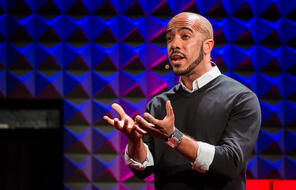
Centering Student Voices to Build Community and Agency
On-Demand
